One morning Ruth Hector woke up and noticed she couldn’t move her right arm.
The 39-year-old from Stirling, who was just 30 at the time, tried to get out of bed.
But she ended up falling onto the floor as her right leg felt ‘completely dead’.
“I was staying at my parents’ house when it happened,” she explains.
“After I crashed onto the floor, I crawled to my bedroom door using my left arm and leg.
“I tried to reach up but I couldn’t quite get to the door handle.
“So I had to sort of bang on the door and that’s when my dad heard me.
“I tried to talk to him and explain there was something wrong with my arm.
“But I just couldn’t make any words – it was just all gibberish coming out of my mouth.”
Ruth had had a stroke – after a life-long heart condition
caused a blood clot in her brain.
She had a thrombectomy – a medical procedure to remove the clot.
Ruth struggled with her mental health afterwards and then just weeks later, she had a second stroke.
Today – nine years on – Ruth still needs regular physiotherapy but she has fully regained her speech and is back working.
The Stirling market research interviewer is sharing her story to mark Stroke Awareness Month and she is very grateful for all the support she has received to boost her recovery.
When did Stirling’s Ruth have her first stroke?
In 2016 Ruth was about to embark on a new job role as a copywriter for a company in Cornwall.
This was after spending many years working as a web assistant for BBC Scotland.
But she suddenly started experiencing problems with her mental health and was struggling with anxiety.
So she turned the job down, left Glasgow and moved back home to live with her parents in Stirling.
“I woke up one morning and my head felt very heavy and I couldn’t move my right arm,” she explains.
“My dad found me after I crashed on the floor.
“I had no idea what was happening I just thought I was having a funny turn.
“But then my mum came home from early morning swimming.
“And when she looked at me, she knew straight away something was wrong so she called an ambulance.”
Having a thrombectomy
After she arrived at Forth Valley Hospital Ruth was assessed by a stroke specialist who decided she would benefit from having a thrombectomy.
A thrombectomy is a medical procedure used to remove blood clots from arteries in the brain after a stroke.
She was then immediately transferred to the Royal Infirmary in Edinburgh.
“They did the thrombectomy after I was admitted,” Ruth says.
“There was this big screen where the medical team could see what was going on in my brain and I could watch it.
“I was sedated but awake the whole time – it was quite surreal.”
After the procedure it took Ruth a couple of days before she could walk again and slowly she began to regain some of her speech.
How did the stroke affect Ruth’s mental health?
However, after her stroke Ruth’s mental health deteriorated rapidly.
“It was like the mental health problem I had just before the stroke but this time I felt a lot worse.
“I was really depressed and started having suicidal thoughts.
“Later I discovered the stroke had been in the emotional part of my brain and I was in such a bad place I felt like I wanted to die.”
Due to her incredibly fragile mental state she was admitted to the mental health unit at Forth Valley.
She was given anti-depressants and started to feel better.
But just as she was beginning to recover, Ruth was dealt another health blow.
Ruth had a second stroke
In October 2016, while she was still a patient in the unit, Ruth noticed her right arm was feeling strange again.
“It wasn’t as bad as the first stroke because I could still walk but my right side went all weak,” she recalls.
“I went to the reception area to tell someone what was happening, but I couldn’t speak.
“I tried to say I’ve had another stroke but the only word I could say was ‘stroke’.”
After realising she’d had a stroke, staff re-located Ruth from the mental health unit to the stroke ward in the hospital.
What caused Ruth’s two strokes?
Ruth already had some health issues including colitis and she also has a lifelong congenital heart defect.
She had to have two heart surgeries – the first when she was four months old and the second when she was five years old.
The second surgery caused a stagnation of blood flow in a certain area of her heart, leaving her susceptible to stroke.
Ruth’s recovery after stroke
Ruth was helped in her recovery by taking part in a programme which was run by the Stroke Association.
The course provided 12 weeks of exercise, advice and support for stroke survivors.
“This programme was one of the things which helped me,” she says.
“I was in a group with other stroke survivors so it was nice to meet people in a similar position to me.
“There were exercises I did to help strengthen my arm and leg.
“But I still need to have regular physio now because there are certain movements my right leg can’t do.”
Ruth also had help from a speech and language therapist.
“I couldn’t speak at all initially so it was quite difficult. I just had to keep going at it and it took a few years overall to get my speech back properly.”
Family support
Ruth is thankful for the help she has received particularly from her parents.
“Their support has been very good. When I was in hospital they came in every day to see me,” she explains.
“They have helped me an awful lot in my recovery. Taking me to the Stirling hospital to get help with my speech and language.
“And they have also helped me with my physio.
“Having the support of my family has made me feel so much better than I was before.”
Ruth says her two sisters Alice, 42, and Sarah, 37, have also been there for her during her recovery.
Being positive
After initially doing voluntary work for Oxfam and Chest Heart & Stroke Scotland, Ruth now works part-time – talking for a living – as a market research interviewer which she enjoys.
And she feels lucky to to have survived.
“I am quite a positive, cheerful person and I am alive.
“I have been very determined in my recovery and have tried to make the best of a pretty bad situation.”
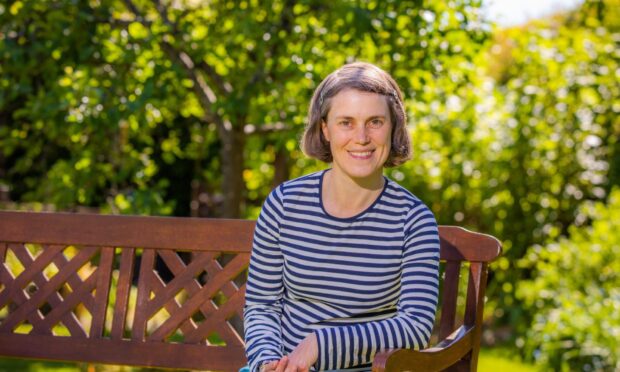
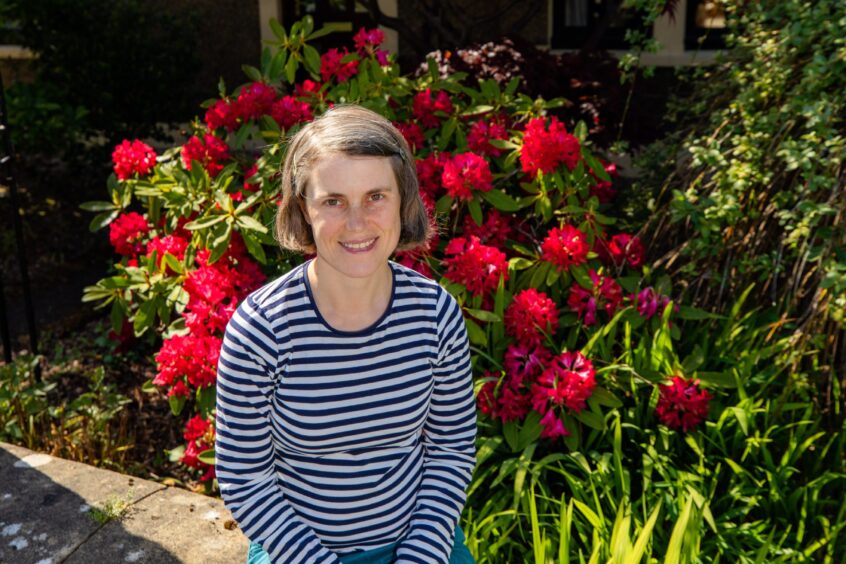

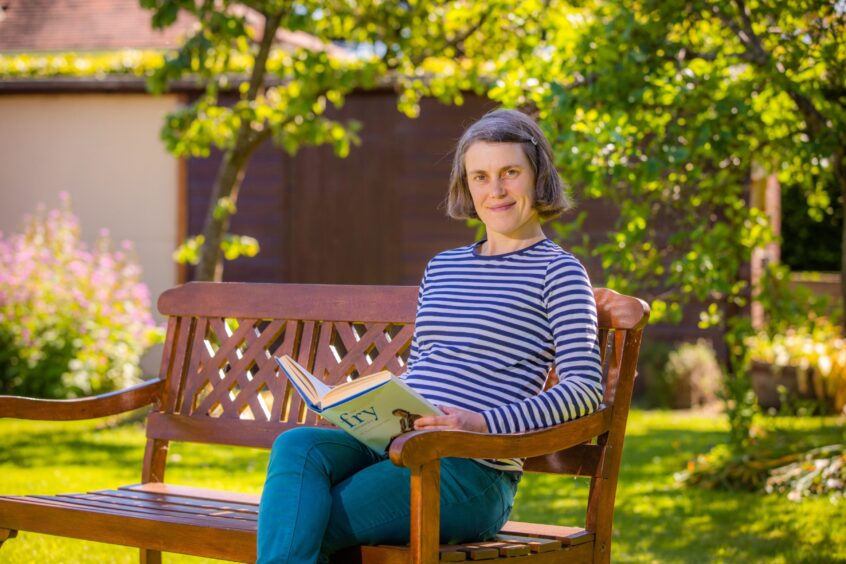

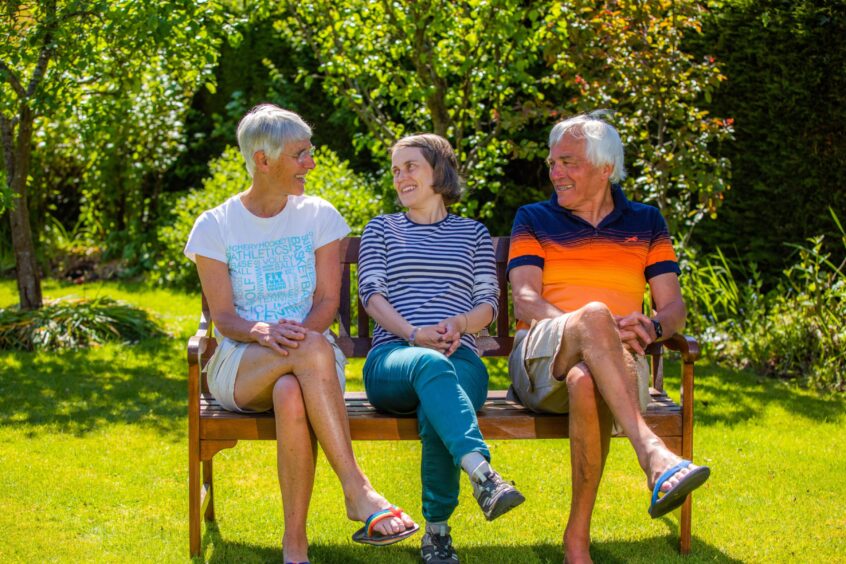
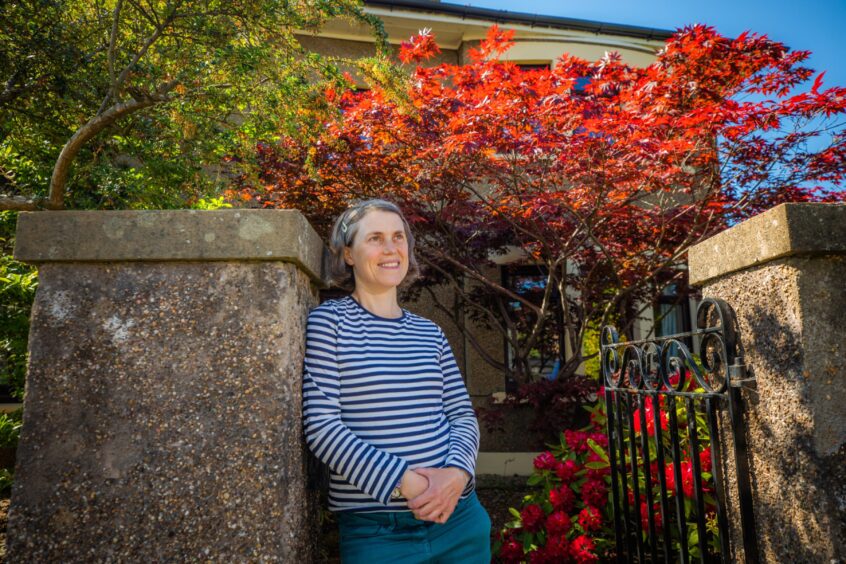
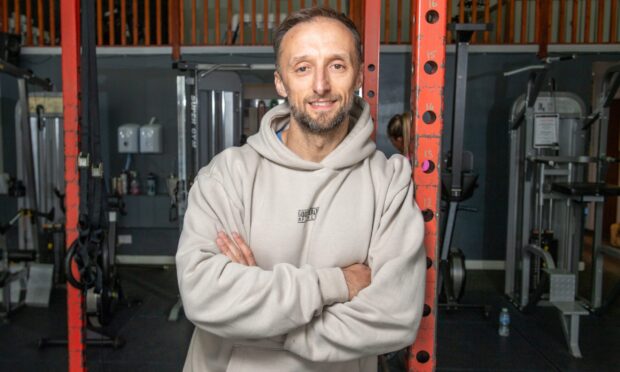
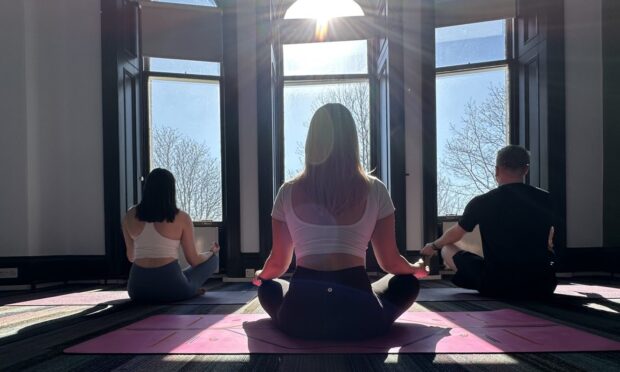

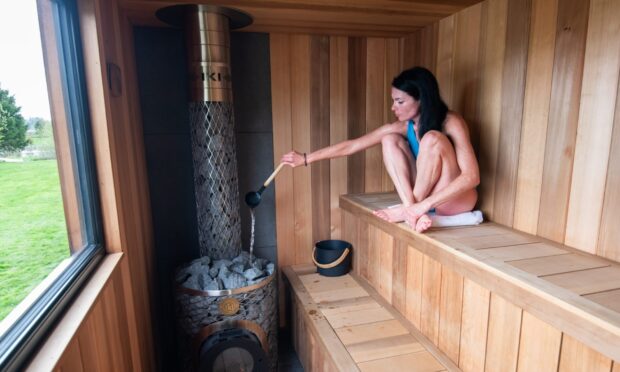
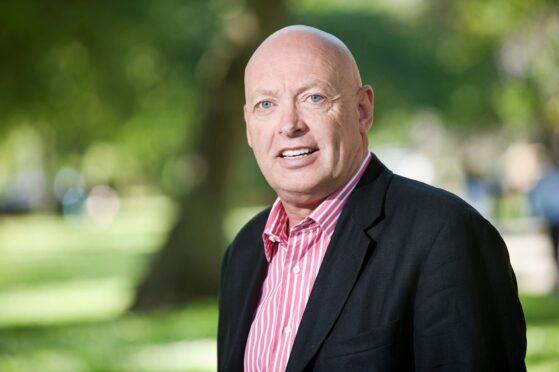

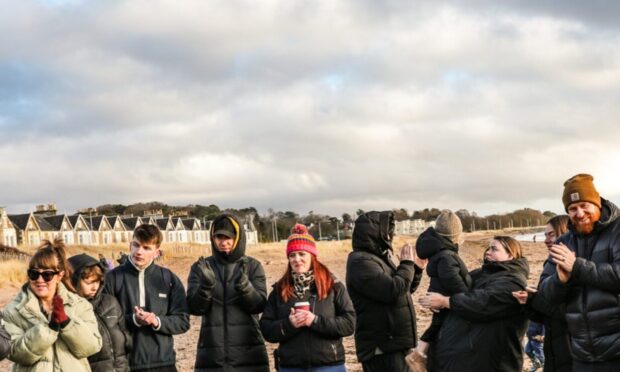
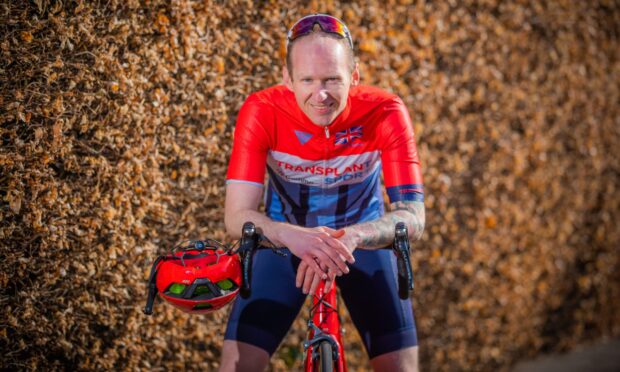
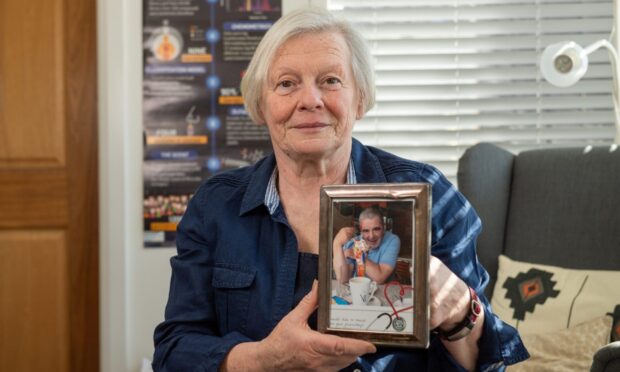
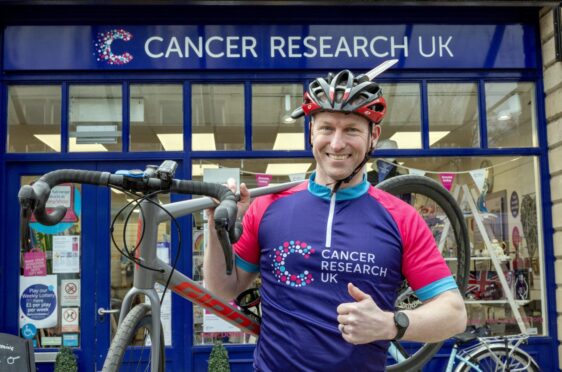
Conversation